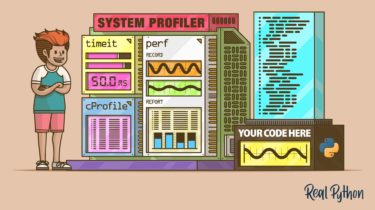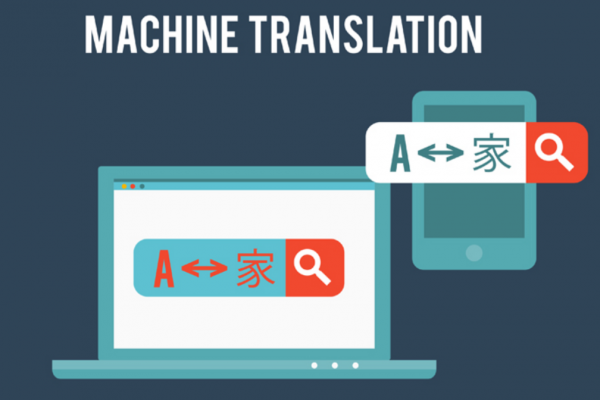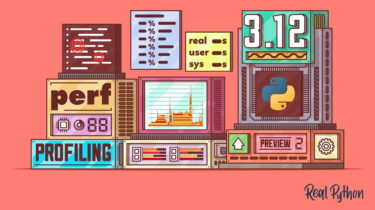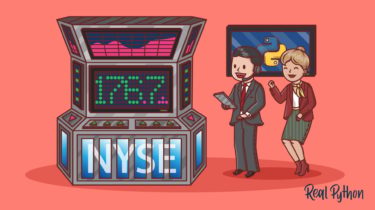Mazes in Python Part 2: Storing and Solving
If you’re up for a little challenge and would like to take your programming skills to the next level, then you’ve come to the right place! In this hands-on video course, you’ll practice object-oriented programming, among several other good practices, while building a cool maze solver project in Python. This is the second part in a two-part series. Throughout the series, you’re going step by step through the guided process of building a complete and working project. This includes reading […]
Read more




